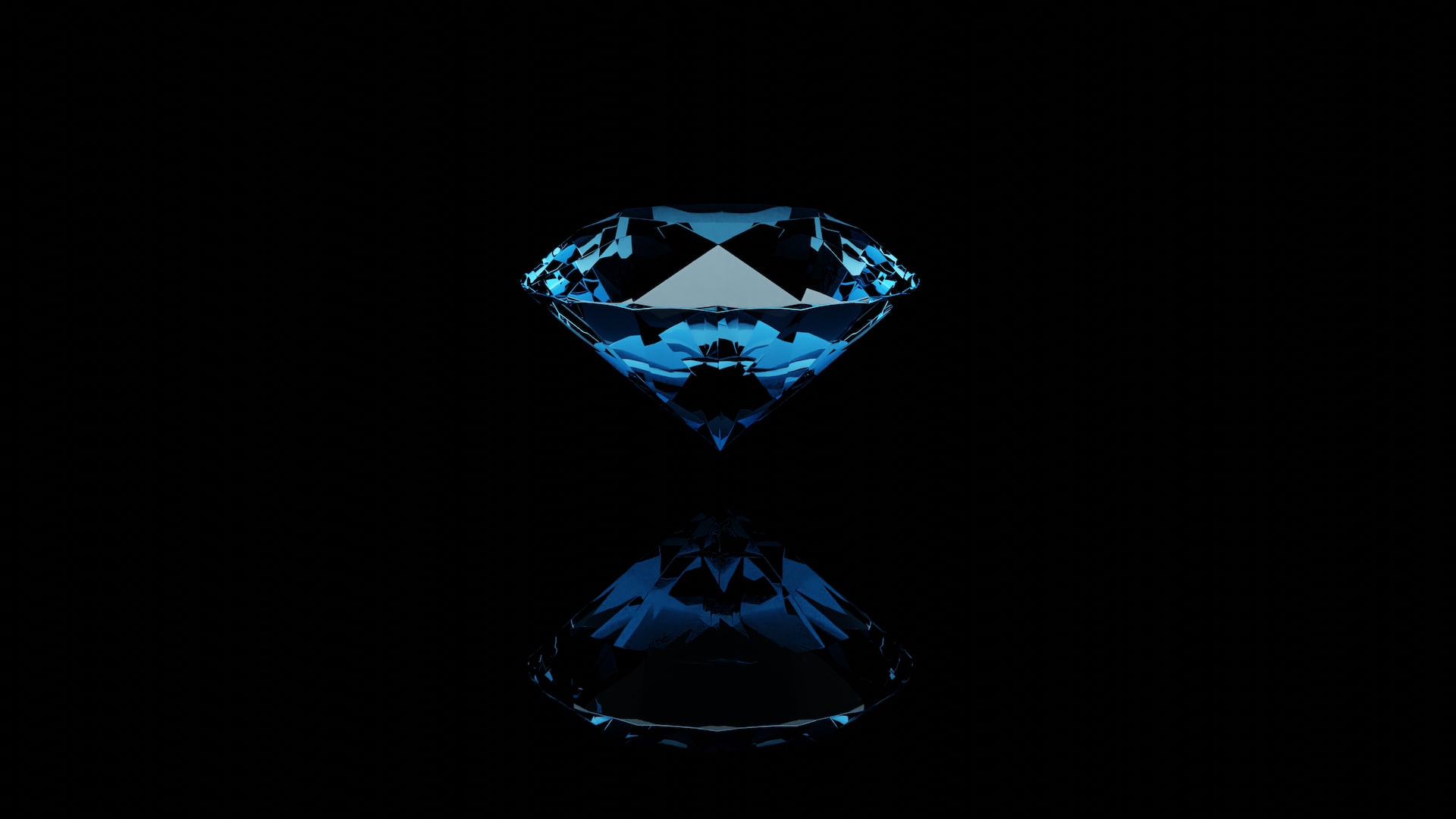A beautiful blue diamond is the perfect engagement ring for your significant other.
We often give our loved ones things that come in their favourite colour, and proposing to them with a diamond ring is no different. If she identifies with or loves wearing blue, it’s no rocket science she would be delighted to get an engagement ring in her favourite colour, with brilliance that nothing could compare.
Natural Blue Diamonds
Natural blue diamonds are one of the most coveted gemstones on the planet. Their rare and beautiful blue colouring has made them popular for centuries. However, they can be hard to come by. The most common question that people ask about blue diamonds is whether or not they are real. The answer to this question is a resounding yes! While natural blue diamonds are rare, they are not synthetically treated. This means that they are 100% natural.
The price of natural blue diamonds for sale depends on the colour intensity. The deeper the blue, the more expensive it will be. Generally, a natural blue diamond is a rare and expensive gem. However, it is possible to find a ring with natural blue diamonds for a lower price.
There are a variety of ways to grade blue diamonds. The primary hue is blue, while secondary hues can range from grey to green. The intensity of a blue diamond can vary significantly. A deep, vivid blue diamond will command the highest price. However, there are ways to enhance the colour of blue diamonds and make them more desirable.
A natural blue diamond is formed by the process of fusing together different elements of carbon. These elements are fused together under intense heat and pressure. While boron causes the blue colour, other elements contribute to the intensity of the blue. For instance, a diamond that contains low levels of nitrogen will have a deeper blue colour than one that contains more nitrogen.
Secondary Hue

Image Source: Unsplash
When choosing a blue diamond for a ring, the secondary hue is an important factor. For example, a blue diamond with a light blue primary hue will not look as vivid as one with a dark blue primary hue. If you want a dazzling blue diamond, choose a stone in between these two extremes.
Secondary hues in blue diamonds are often green and gray. These colours are due to the presence of boron elements in the diamond’s crystal structure. They can drastically alter the primary blue colour and affect the value of the stone. However, a gray or green undertone can still make the diamond look elegant and unique.
The colour intensity level of a blue diamond is determined by three components: tone, saturation, and hue. The GIA uses these three components to describe the colour of a diamond. The first one, hue, describes the dominant colour of the diamond, while the second, saturation, refers to the depth of light penetration through the diamond.
Secondary hue of blue diamond rings can be rare and expensive. Blue diamonds are extremely hard to find. Most of the blue diamonds on the market are treated white diamonds that have undergone a process called HPHT. The process uses chemicals and heat to permanently alter the colour. Real blue diamond without a secondary hue is an extremely rare and expensive stone.
Price
If you’re looking for an elegant engagement ring, a blue diamond can be the perfect choice. These gorgeous gemstones are not only beautiful but also durable. They have a high hardness rating of 10 on the Moh’s scale. And their luster and natural beauty are unmatched.
The price of a blue diamond ring will depend on the size of the stone and the cut. A large, round blue diamond will cost several thousands of dollars. A medium-sized blue diamond will only cost a few thousand dollars. A one-carat stone may cost more than $200,000. However, if your budget is limited, you can opt for smaller, less expensive diamonds for your engagement ring.
Blue diamonds are highly sought-after, and their price reflects their rarity. Few jewellers have seen a truly exquisite blue diamond. Though new techniques have made it easier to produce these intensely coloured diamonds, the percentage of success is low. And the price tag is high. Blue diamonds are not for the faint of heart.

